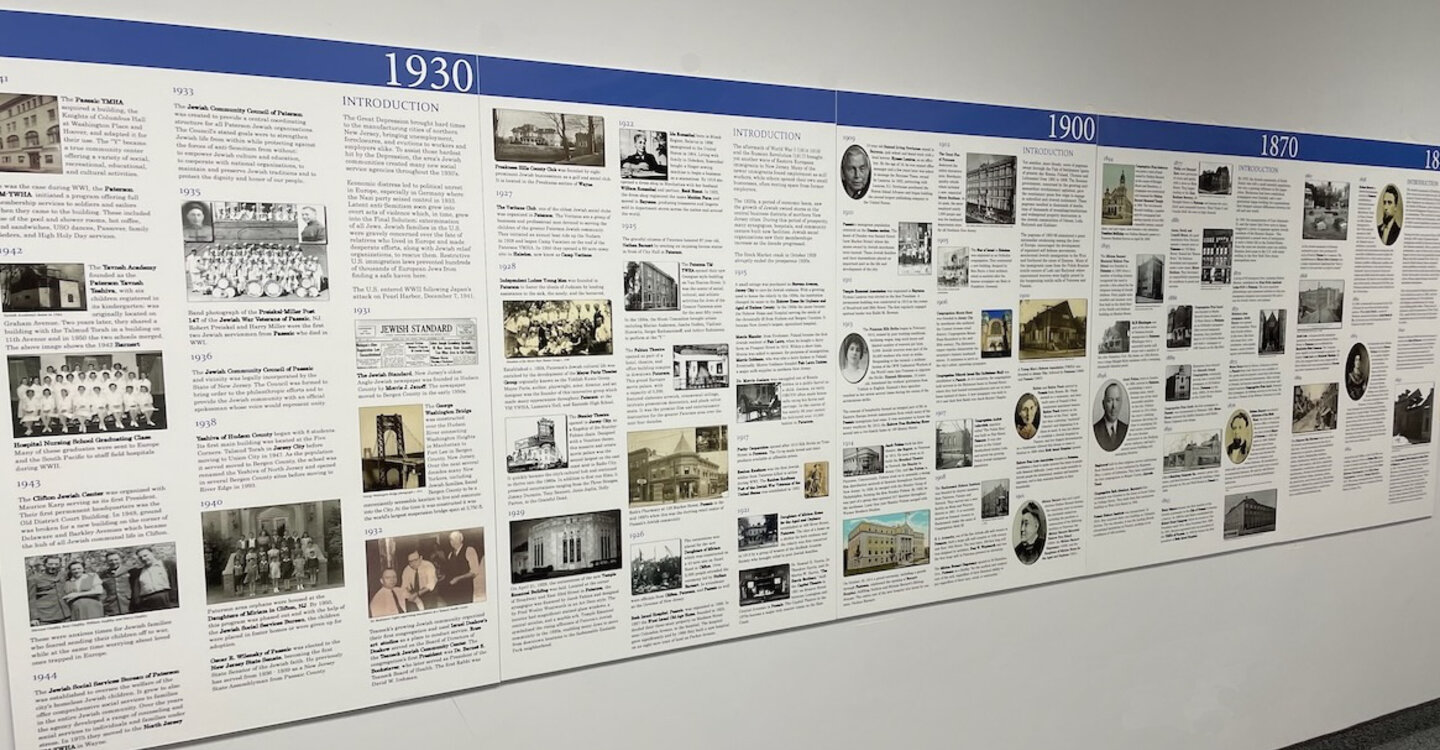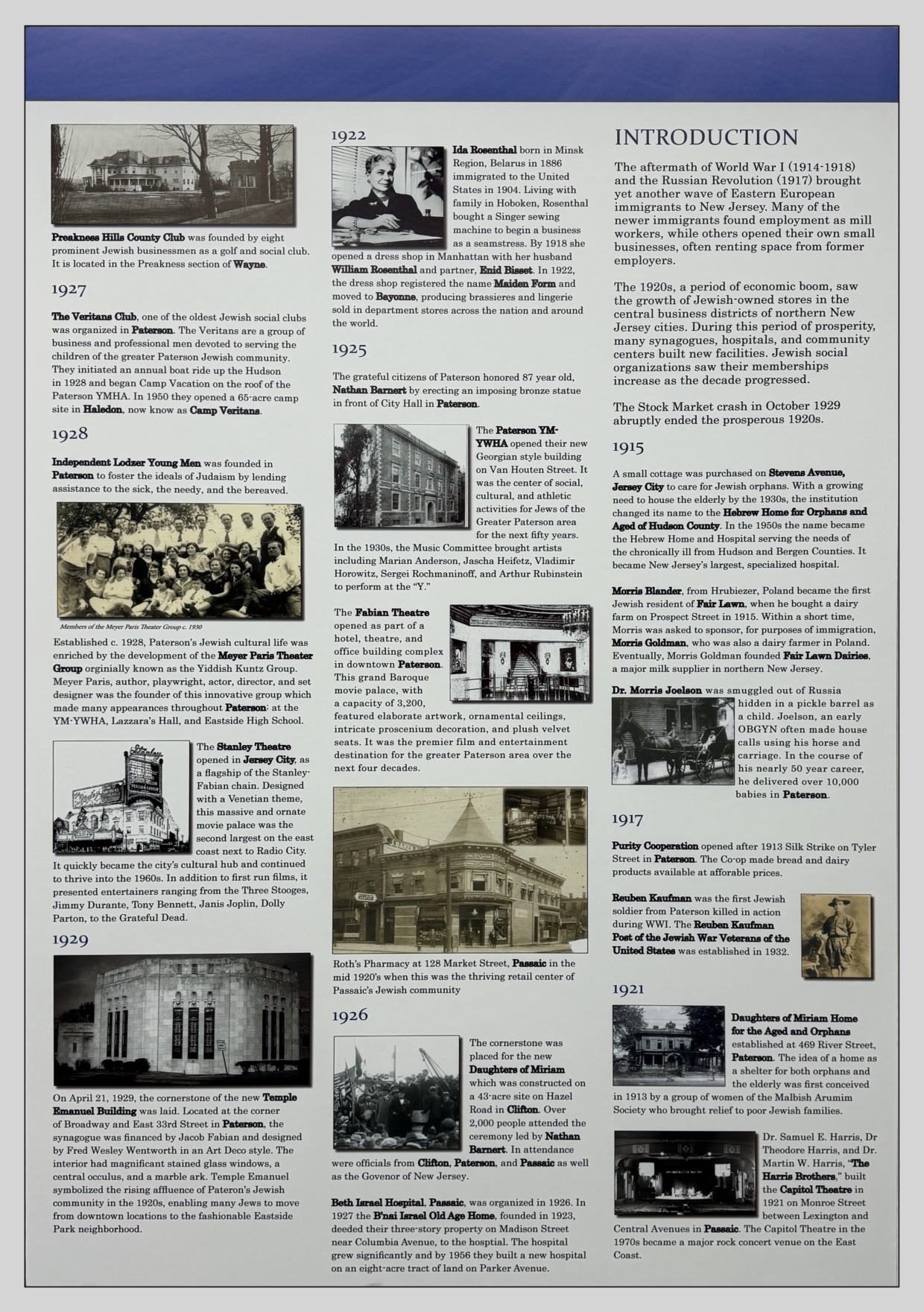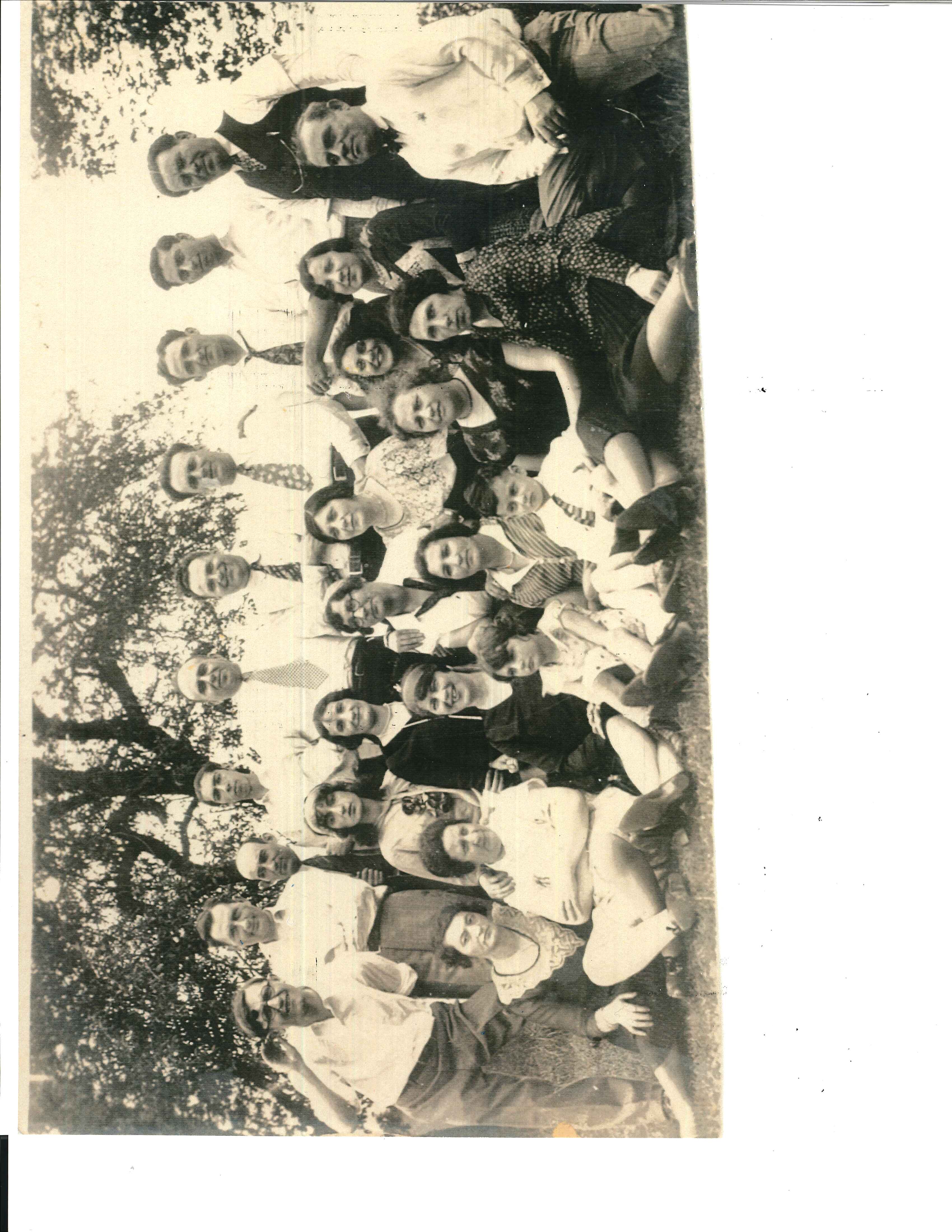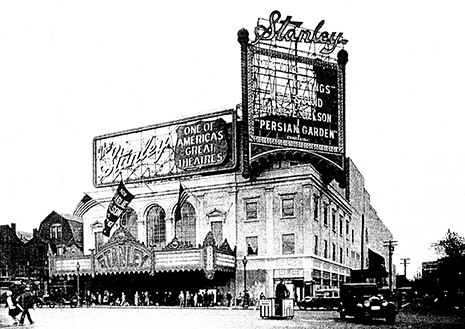
Timeline of the Jewish Community of Northern New Jersey
1920's
The aftermath of World War I (1914-1918) and the Russian Revolution (1917) brought yet another wave of Eastern European immigrants to New Jersey. Many of the newer immigrants found employment as mill workers, while others opened their own small businesses, often renting space from former employers.
The 1920s, a period of economic boom, saw the growth of Jewish-owned stores in the central business districts of northern New Jersey cities. During this period of prosperity, many synagogues, hospitals, and community centers built new facilities. Jewish social organizations saw their memberships increase as the decade progressed.
The Stock Market crash in October 1929 abruptly ended the prosperous 1920s.








